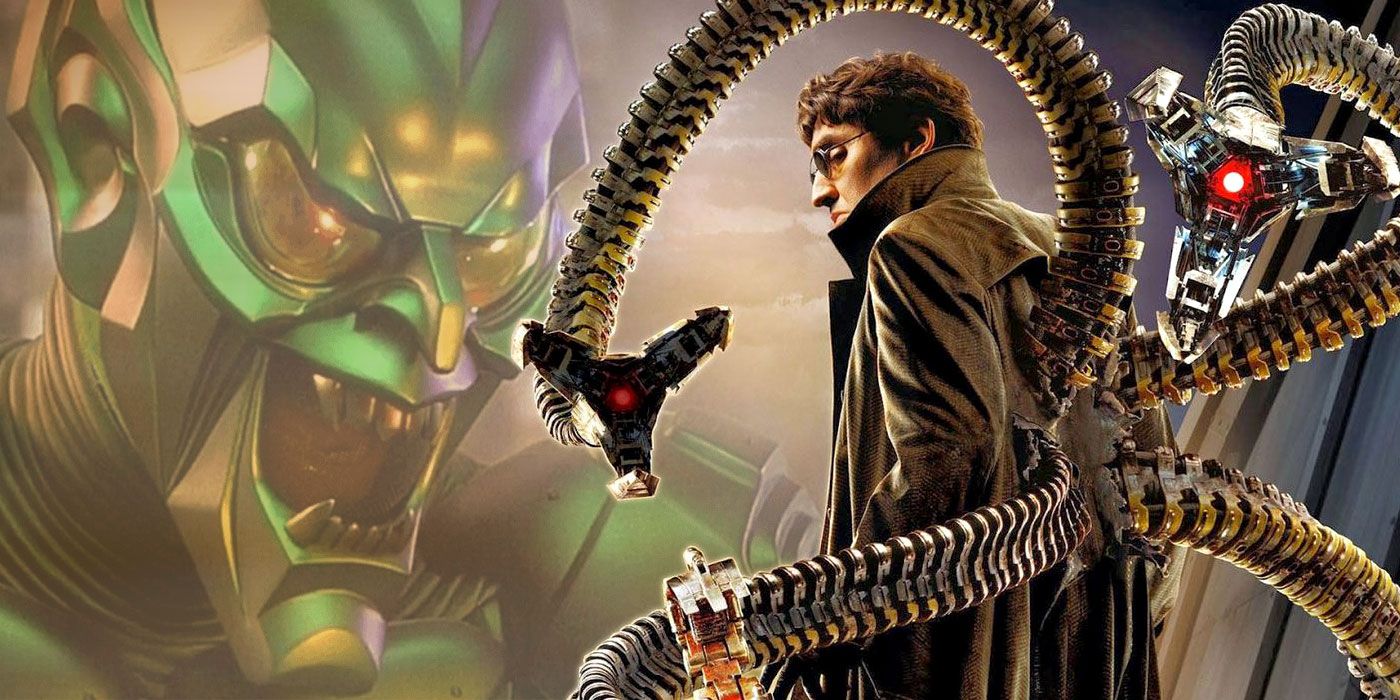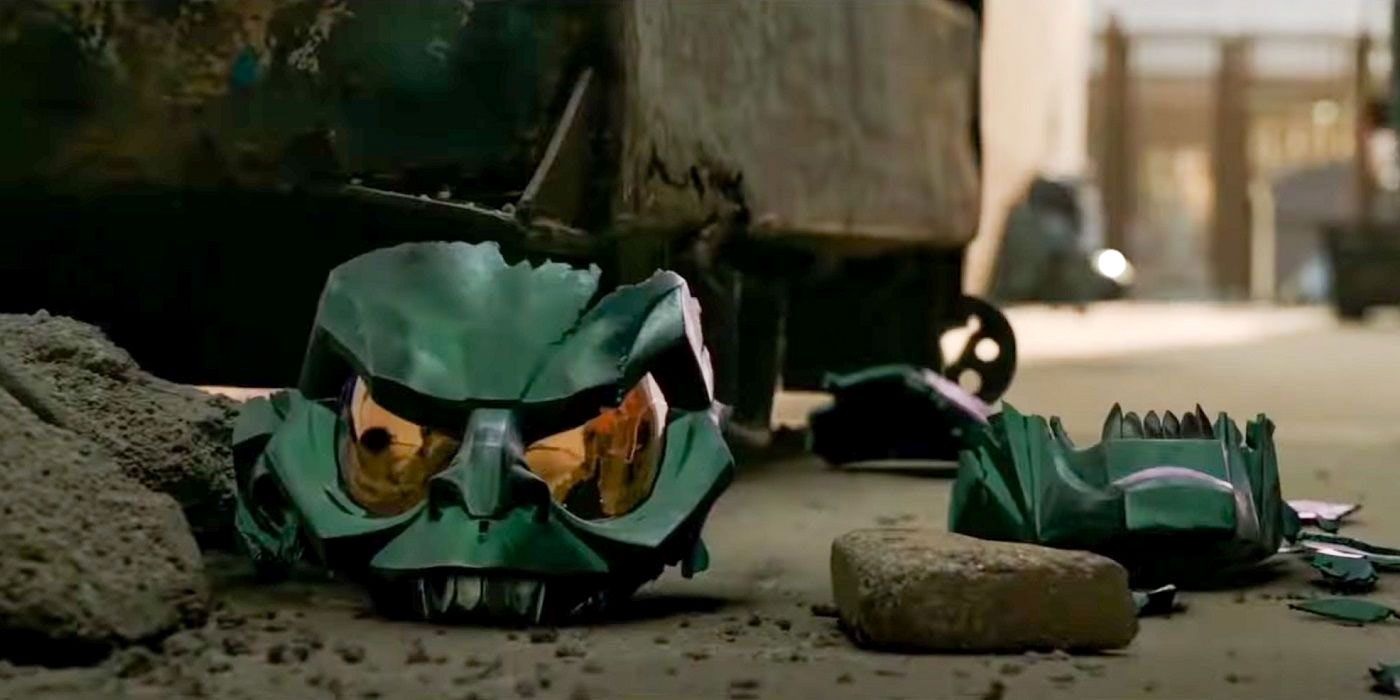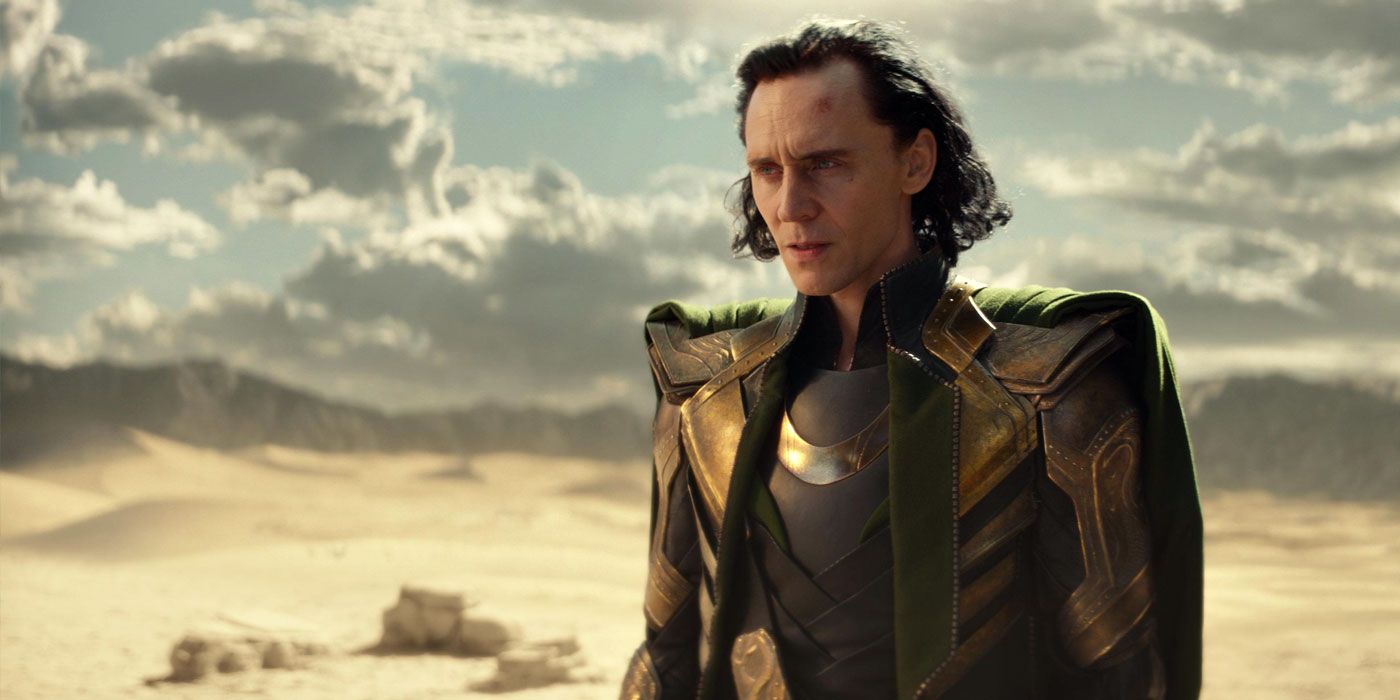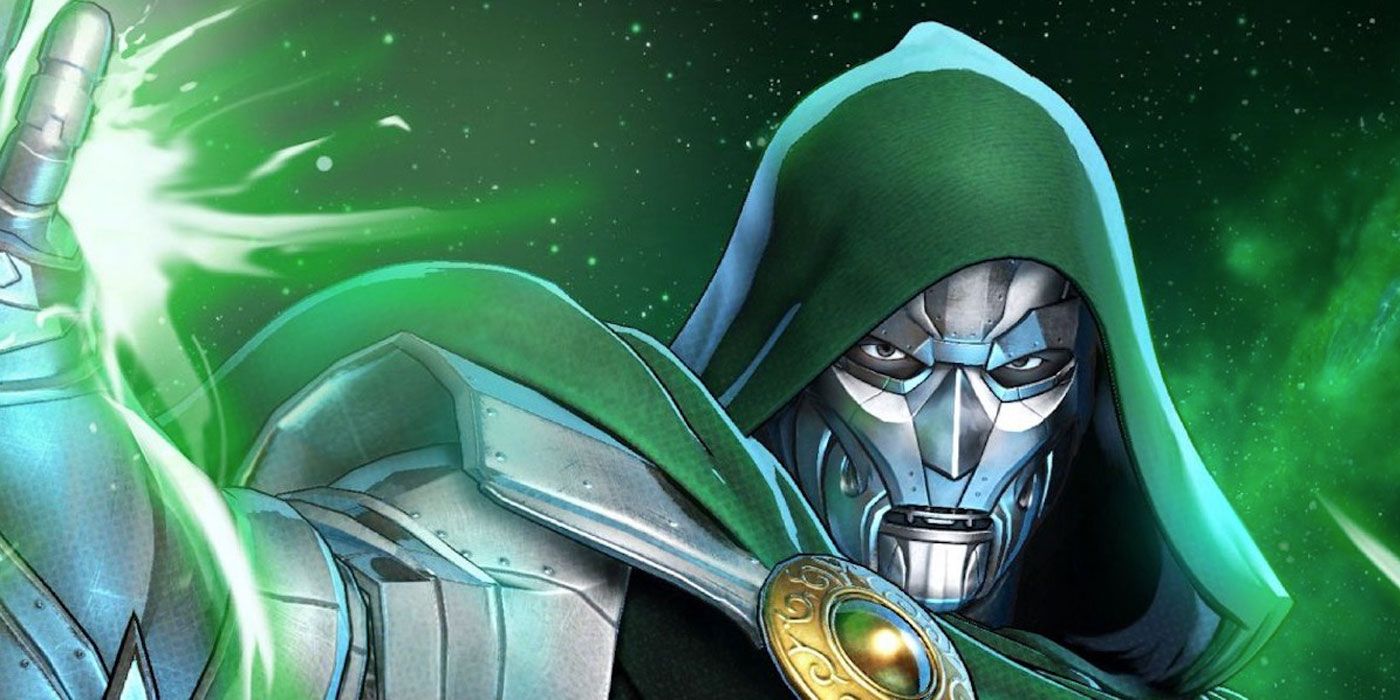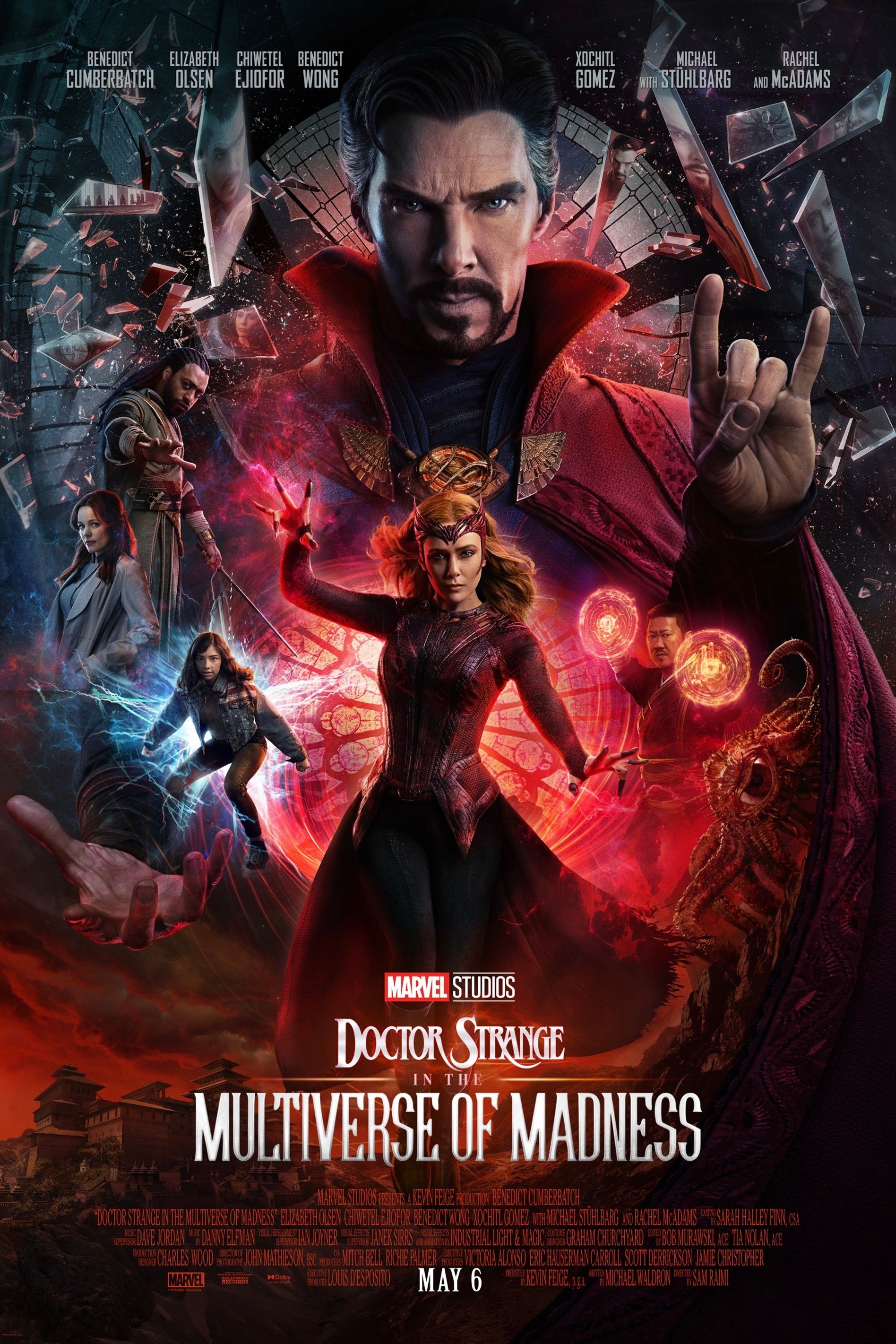Caution! Spoilers ahead for Spider-Man: No Way Home.
Spider-Man: No Way Home breaks the MCU's villain formula and treats its antagonists respectfully, which could mark the beginning of a shift in the way the MCU handles its bad guys more generally. The entire movie is a love letter to Spider-Man's live-action cinema appearances, but it's just as much a love letter to Spider-Man's pantheon of villains. It's also notable in how the villains are treated during the movie, rendering them tragic figures who deserve a better fate than the MCU has granted to most supervillains.
Superhero movies don't typically have a high survival rate for villains. The overwhelming majority of MCU villains die at the end of the very first movie where they're introduced, and few main antagonists survive beyond a single appearance. No Way Home takes a completely different approach in two significant ways. Firstly, it introduces villains without needing to first tell an origin story for each, the way MCU hero origin stories are usually handled. Secondly, and more importantly, instead of killing them off, they're shown mercy and given redemption. As well as being true to Spider-Man's character, this suggests interesting possibilities for how the MCU may start to portray its villains, following on from Abomination's appearance in Shang-Chi and the Legend of the Ten Rings, and Taskmaster's release from mind control during Black Widow.
Introducing well-known villains from the comic books as one-shot characters and then killing them in the same movie, seems like a terrible waste. This was necessary to tell satisfying stories in older movies but, as the MCU's timeline approaches its 14th birthday, it's becoming clear that killing off every villain to arrive on screen is unsustainable. Instead, allowing villains to escape and return in future stories would allow both heroes and villains to grow and develop over time, adding an extra level of depth to future stories.
Marvel Has Had Mostly Disposable Villains
Out of the 23 movies in MCU phases 1-3, there are only 5 movies in which the main antagonist survives (or at least, appears to survive). This number technically rises to 7 after later movies showed that Red Skull and Abomination didn't actually die in their early defeats. On the other hand, one of those movies is Avengers: Infinity War, which probably shouldn't count when Thanos dies twice in Avengers: Endgame. Even when major villains do survive, lesser villains are readily killed off.
The MCU's Avengers may be Earth's mightiest heroes, but killing off their antagonists so readily makes them feel somewhat less heroic than they could be. Instead of capturing villains to hold them accountable, the MCU has largely not bothered with notions like granting clemency. Every one of Iron Man's main adversaries is killed in an explosion, while villains elsewhere, like Hela and Ronan the Accuser, are completely obliterated.
In stark contrast, Spider-Man's movie appearances, both outside and within the MCU, have been far more sympathetic to the villains. Spider-Man usually tries to avoid killing anyone. Green Goblin in Sam Raimi's Spider-Man and Mysterio in Spider-Man: Far From Home both accidentally die by their own hand. In Spider-Man 2, Doctor Octopus has a near-perfect ending, one of the most memorable of any movie supervillain, with a last-minute change of heart that sees him helping to save New York.
Marvel Needs More Persistent Villains (Like Loki and Nebula)
Loki is easily one of the most popular MCU characters, and he stands out as a shining example of how dynamic a recurring villain can be. During the course of the Infinity Saga, Loki shows much greater growth than most of the heroes do. During Thor, Loki effectively gets a villain origin story as Thor's adopted younger brother, before becoming the main villain of The Avengers. After his defeat, he goes on to become a grudging ally in Thor: The Dark World, and begins to see the error of his ways and reconcile with his brother in Thor: Ragnarok. At the start of Infinity War, the fact that he's fully accepted his place as a member of Odin's family makes Loki's untimely death all the more tragic.
Nebula, following her debut in Guardians of the Galaxy, gets very similar treatment. While she's unambiguously a villain in her first appearance, Guardians of the Galaxy Vol. 2 sees her confront her sister and begin to reconcile their differences, leading to her fighting alongside the heroes during Endgame. Her story even ends up being far more endearing than Loki's, as she starts to gain acceptance and even friendship from people but has no idea how to respond. Characters like these can show great complexity as they try to outgrow their villainous tendencies. What's more, allowing heroes a chance to try and rehabilitate their adversaries allows them to be that much more heroic, refusing to give up on those who others would consider irredeemable. This dynamic can be central to a story, catalyzing the plot of more than one movie, the way Bucky Barnes does for Steve Rogers in Captain America: The Winter Soldier.
Alternatively, villains don't have to be redeemed to be interesting recurring characters. Comic books have several villains who are unapologetically evil, returning over and over to harass their favorite heroes with ever greater and more dangerous challenges. Others have more complex motivations, and they can even be persuaded to form temporary alliances. For example, in comics, Spider-Man has teamed up with Venom occasionally to tackle threats that prove too difficult for either to face alone.
Interchangeable Villains Can Change The MCU
A huge benefit of letting persistent villains enter the MCU is that it allows them to make guest appearances in other movies. MCU movies have become steadily more interwoven in recent years, with heroes frequently showing up in each others' stories. For instance, Doctor Strange appears in Spider-Man: No Way Home and Thor: Ragnarok, with his presence being necessary for the plot of both movies.
With villains allowed to persist within the MCU, they could take on similar roles, stepping between the stories which belong to other characters. It could make for some chilling moments, seeing one villain try to approach another for help facing a hero. Or, similarly, there could be tense moments if a hero is forced to approach a villain they've faced before to ask for advice on how to defeat another, possibly needing to strike a bargain in the process. Villains have much more variation in morality too, meaning that while some may honor their agreements, others may turn on each other, leaving the hero unsure whose side to take. No Way Home's villains lay the groundwork for all of these character dynamics to show up in future movies, allowing writers greater freedom to break away from the usual formula used by MCU movies.
This can also allow some of the more dangerous villains to face more than one hero across multiple movies, or to show up in the MCU's expanding repertoire of TV shows. Comics have been doing this for a long time, with a few notable villains belonging to the rogue's gallery of multiple heroes. For instance, most people think of Kingpin as a Daredevil villain, but he originally made his debut in The Amazing Spider-Man #50. An even more prominent villain is Doctor Doom, facing all of Marvel's major heroes at different times, and occasionally teaming up with them too. While he's the archnemesis of the Fantastic 4, Doctor Doom first appeared as a villain in Spider-Man comics long before the Green Goblin did.
There are several major threats looming on the MCU's horizon right now, but there are few hints about which villain will replace Thanos as the next big bad. Some viewers have been speculating when Doctor Doom might make his first MCU appearance but, even if he doesn't turn out to be the overarching main antagonist, he certainly deserves to be in more than just one movie. Perhaps if future movies continue the momentum left by Spider-Man: No Way Home, the MCU could become a much more interesting - if rather more villainous - place.

